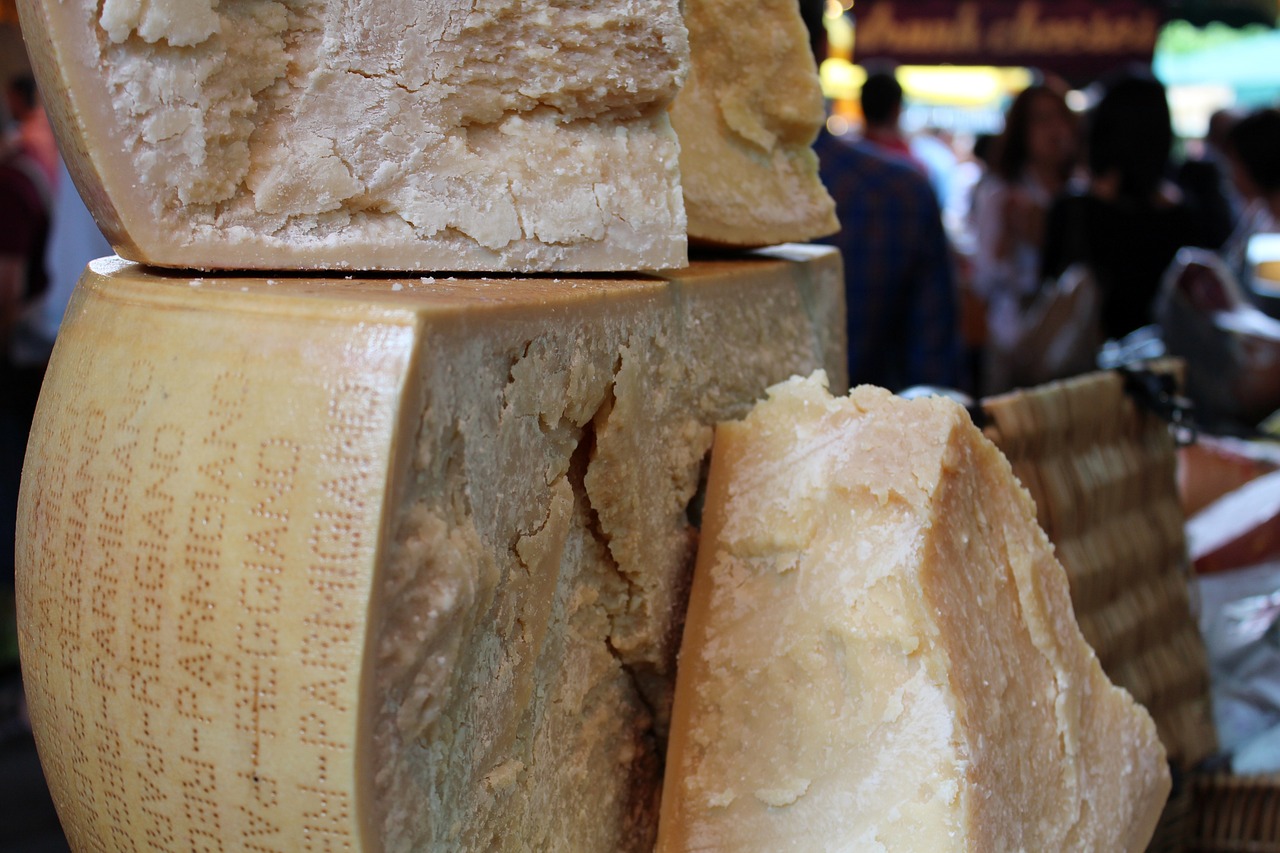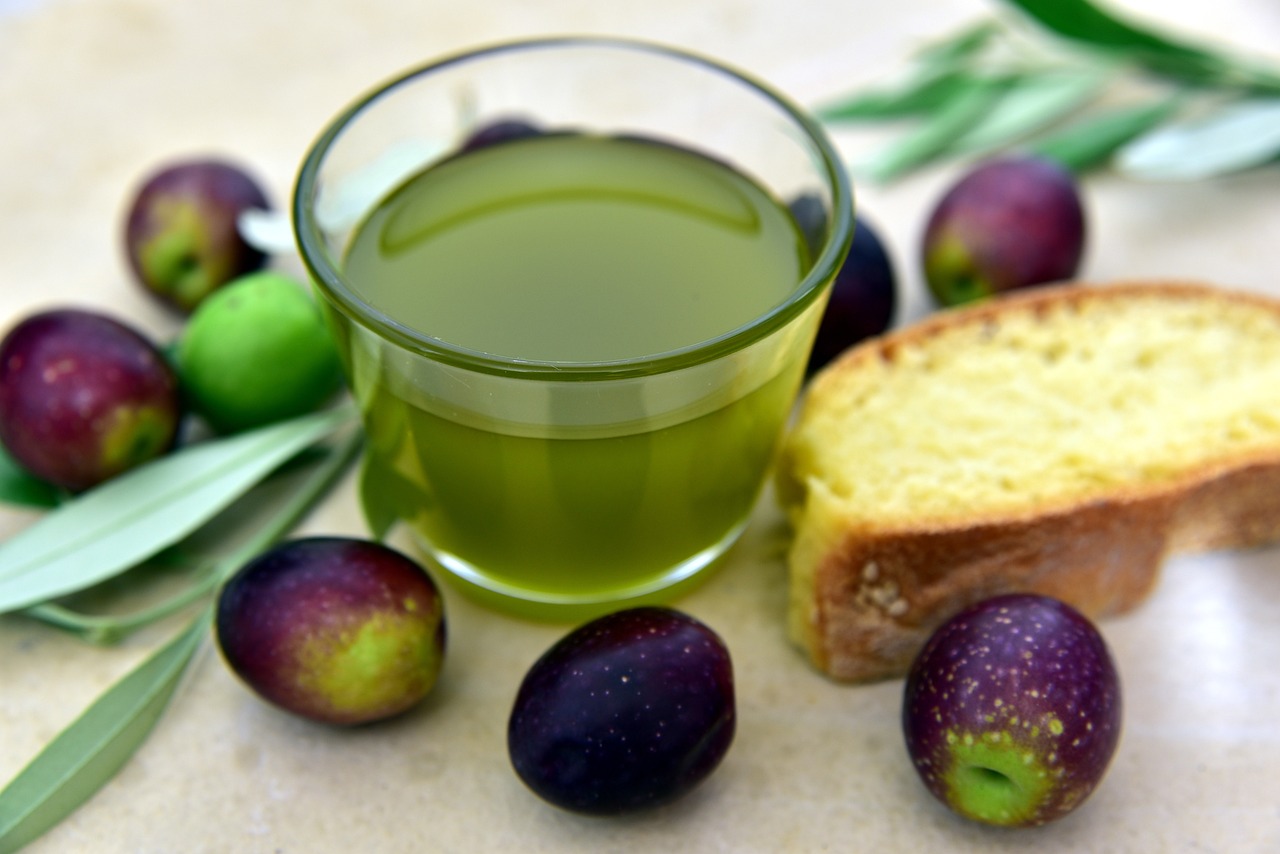
(Real Parmesan cheese wheels and wedges have the term “Parmigiano-Reggiano,” “Italia,” and perhaps the name of the city of origin in Italy stamped and embossed on the rind.)
China is dealing with an unprecedented, embarrassing, and counterfeit food problem. Since the problem is domestic, there seems to be very little regulation against the problem. Fake food scammers are very notorious — buying walnuts in bulk, removing the interior nuts and selling them, and then filling the empty walnut husks with cement and tissue to profit twice. The fake foods crisis is very profitable for scammers all over the world.
Chinese authorities closed down almost 40 restaurants in 2010 because unscrupulous restauranteurs were lacing their food with minute quantities of opium to make sure that their patrons kept coming back. Chinese baby formula manufacturers added toxic chemicals to their products which resulted in the deaths of several babies and severe health problems in over 54,000 surviving infants. Over 50% of Chinese parents still buy foreign-made baby formula products to this day because of the scandal.
I use the Chinese example of fake food scandals as a way to emphasize how people desensitize themselves to fraud and corporate crime when it happens to others.
However, the United States has had its fake food crisis for decades.
In November 2023, almost two dozen children across 14 states were sickened by fruit juices that were contaminated with lead. A major baby food manufacturer was fined over $2 million in 1987 for selling fake apple juice products that contained unlabeled beet juice but no apples. ($2 million is about $5.4 million in today’s money after adjusting for inflation.)
Fake food products have always been a part of American culture. We just tend to ignore it, even though we know we are getting ripped off.
The FDA estimates that over 1% of the global food supply is comprised of counterfeit foods or fake foods. Global consumers lose over $40 billion annually on fake foods.
I used some extreme fake food examples earlier, but the fake food crisis is so sinister because it is so ingrained in our consciousness that we don’t even realize it. It’s one thing to buy food that is manufactured through negligence or maliciousness to harm you, but most fake food is designed to fool you into thinking it is authentic when it is not.
Legal loopholes and deceptive branding make it technically legal to mislabel and sell fake foods to you, especially if it is just selling you one product misrepresented as another. That is a lot easier to get away with long-term than selling products that intentionally harm consumers.
Learn how much it costs you to buy fake olive oil and Parmesan cheese and how to spot the fakes. You’ve probably spent a lot of money on fake foods for many years without realizing it.
Fake Olive Oil and Extra Virgin Olive Oil
An average bottle of imported olive oil costs about $10. It is not out of the ordinary to pay double or triple that average depending on where you shop. Due to a recent olive oil shortage from Spain, prices are sure to increase again soon. Americans are the largest global consumers of the product and use over 90 million tons of olive oil annually. Health experts suggest that a household cooks and consumes about 900 ml of olive oil monthly. However, if you are used to only cooking with olive oil or extra virgin olive oil then you are probably using a lot of the product every month.
Olive oil is a healthier oil to consume. Extra virgin olive oil is never processed or pulped before its oil is extracted, so it is relatively more expensive than traditional olive oil.
About 5% of global olive oil products are made in the United States, but the real stuff comes from Spain or Italy.
So, for argument’s sake, let’s assume that you spend around $120 or more annually on olive oil. (You’re spending a lot more than that if you buy the premium stuff.) The problem is that unless you buy it from legitimate manufacturers and look for special branding, then you may have never consumed real olive oil in your life.
Manufacturers may label the product as “olive oil” or “extra virgin” when the product may contain no olive oil at all or only a fraction of it. That $10 or $25 bottle of extra virgin olive oil you just bought might be palm, sunflower, avocado, rapeseed, or corn oil with additives and coloring camouflaged to look like olive oil. Worse, your fake olive oil may be a Frankenstein mix of many different types of lower-quality cooking oils combined to resemble olive oil.
Perhaps less than 31% of olive oil labeled as “extra virgin” is extra virgin olive oil.
A 2006 olive oil fraud investigation found that over 76,000 liters of sunflower oil were treated to resemble olive oil and sold as such to the public.
You may be buying low-quality olive oil or derivatives from developing countries that were shipped to a port in Spain or Italy for a few days and then exported to the United States. The fraudulent low-quality olive oil can then be technically labeled as coming from Spain or Italy even though it did not originate from there.
Look for acronyms like PDO or PGI on the bottle. PDO means “protected designation of origin” and PDI means “ protected geographical indication” which means the product is a real import. Also, look for indications of where the bottle was exported from on the label and a “Harvest Date” to see if it is the real thing.
Fake Parmesan Cheese

This is how real Parmesan looks when you buy it – you should shred it over your food from a wedge. If you buy dried parmesan flakes in a green bottle, it’s probably an overpriced fake.
Over 100 pounds of milk must be processed to make about 8 pounds of Parmesan cheese. And “Parmesan” is a brand name and a sign of quality. Only real Parmesan cheese comes from Parma, Italy. And there are only 300+ dairy facilities in the country that are allowed to make real Parmesan cheese.
Americans love Parmesan cheese – we ate over 336 million pounds of it in 2016. Scam artists know this fact as well, and there is a booming fake Parmesan cheese industry that you may blissfully be unaware of while paying premium prices.
A 2016 Bloomberg investigation found that when you buy a bottle of grated Parmesan cheese at the supermarket you may be buying a bottle of edible wood flakes mixed with cheddar cheese powder instead. Some of the dried Parmesan cheese powder products you buy might not have any actual Parmesan in them.
Wood pulp is edible and is sold as a filler in many products and is called “cellulose.” Check your food labels for “cellulose” and you may be shocked to see how prevalent it is in products. Additionally, Parmesan products sold in the United States can legally comprise up to 4% cellulose, but many manufacturers up the percentage to 8% or more.
Many sell cheap cheddar cheese powder labeled as Parmesan because most people can’t tell the difference in taste.
Real Parmesan cheese is aged for a full year in Italy. American-made Parmesan can be aged 10 months and sold as the real American version but still sold at a high price.
If you buy dried Parmesan cheese flakes in a bottle or bag then always read the label. If you see the word “cellulose” or the name of any other cheese added for flavor, then the product is fake.
If you want the real thing, go to a specialty market or cheesemaker and buy a Parmesan cheese wheel or wedge and grate it yourself at home.
Also, anything labeled as “Parmesan Cheese” is probably not the real thing” The rind on a cheese wheel or wedge will be covered in markings that say “Parmigiano-Reggiano,” and should have a stamp that says “Italia” or the city of origin in Italy. That is probably the only surefire way to know you are getting the real thing. A pound of the real stuff can cost anywhere between $11 to $24 per pound.
The cheap, Parmesan cheese flakes that you buy at the supermarket might cost you anywhere between $4 to $10 per bottle and might not contain any real Parmesan cheese. Depending on how much green bottle-colored dried Parmesan cheese you consume monthly with pasta, you might be spending up to $100 annually on mislabeled cheddar cheese powder, wood pulp flakes, and salt.
Fake Foods Conclusion
You usually get what you pay for in life, and if you insist on paying premium prices for gourmet food, then you should do your due diligence and read the labels.
Fake food scammers survive on the indifference of consumers to do their homework on the legitimacy of products. Also, it is much easier for such scammers to stay in business long term selling lower-quality cooking oil disguised as extra virgin olive oil instead of adding toxins that will harm the consumer.
If you are willing to spend hundreds of dollars on expensive products without being bothered to find out if they are real or not, or being indifferent, then are you being scammed? In the digital age, it is easy to find this information.
Many gyms make money on failed New Year’s resolutions, not their existing membership fees. Most gyms use your credit or debit card to auto-deduct your gym fees monthly. Procrastinators won’t opt out of the auto-deductions for months or years as they plan to go to the gym but never actually do it.
You should be aware that the green bottle of Parmesan cheese in your fridge or the olive oil in your cupboard is not real and you are overpaying for it. So, why pay it, What could you better spend $100 to $200 annually on in these tough times of inflation than fake foods?
Read More
WHAT IS THE COST OF FRANCHISING A CHICK-FIL-A RESTAURANT?
GET A $51K TO $94K SALARY AS A REMOTE MEDICAL WRITER OR DETECTIVE RIGHT NOW
HOW MUCH CAN YOU EARN FROM A PARKING LOT BUSINESS?

Allen Francis was an academic advisor, librarian, and college adjunct for many years with no money, no financial literacy, and no responsibility when he had money. To him, the phrase “personal finance,” contains the power that anyone has to grow their own wealth. Allen is an advocate of best personal financial practices including focusing on your needs instead of your wants, asking for help when you need it, saving and investing in your own small business.
